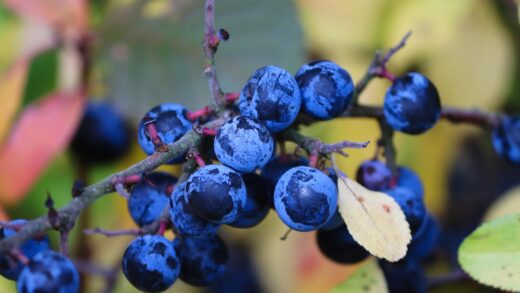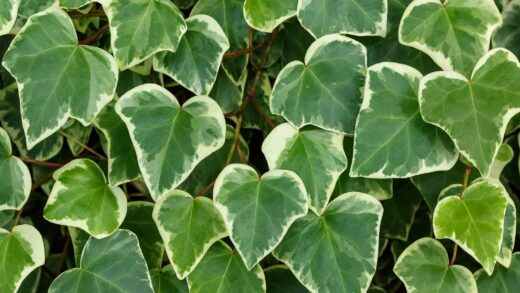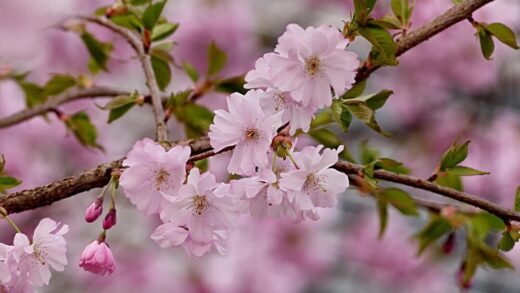The Douglas fir, a majestic evergreen native to western North America, has found a second home in many parts of the world, including the temperate regions of Europe. Its graceful, pyramidal shape and soft, fragrant needles make it a popular choice for both forestry and ornamental landscaping. Proper care is essential to ensure these magnificent trees thrive and reach their full potential, which can often exceed heights of 60 meters in their natural habitat. Understanding the specific needs of this species, from its soil preferences to its climatic tolerances, is the first step towards successful cultivation. This involves a commitment to providing the right conditions from the moment of planting and continuing this care throughout the tree’s long life, ensuring a legacy of beauty and ecological value for generations to come.
The foundational aspect of Douglas fir care lies in selecting an appropriate planting site, a decision that will influence the tree’s health for its entire lifespan. These trees flourish in well-drained, deep, and slightly acidic to neutral soils, with a pH range ideally between 5.0 and 6.5. Poorly drained or heavy clay soils can lead to root rot, a common and often fatal issue for this species, so amending such soils with organic matter before planting is a crucial preparatory step. The chosen location should also offer ample space for the tree’s extensive root system and its eventual impressive size, both in height and spread. Planting too close to buildings, power lines, or other trees can result in structural problems and limit the tree’s natural, symmetrical development.
Once established, the ongoing care of a Douglas fir is relatively straightforward, yet it demands attention to a few key areas to prevent stress and promote vigorous growth. Young trees, in particular, benefit from a consistent watering schedule, especially during dry periods, to help their root systems establish deeply in the soil. A layer of organic mulch, such as wood chips or pine bark, applied around the base of the tree is highly beneficial. This mulch layer helps to conserve soil moisture, regulate soil temperature, and suppress the growth of competing weeds that can vie for essential nutrients and water. Care should be taken to keep the mulch from directly touching the trunk, as this can create a moist environment conducive to pests and diseases.
As the Douglas fir matures, its care requirements evolve, with a greater emphasis on monitoring for potential health issues and ensuring its structural integrity. While established trees are quite drought-tolerant, prolonged periods of extreme dryness can still cause stress, making them more susceptible to insect infestations and diseases. Therefore, occasional deep watering during severe droughts can be a prudent measure. It is also important to periodically inspect the tree for any signs of distress, such as discolored needles, dieback of branches, or the presence of fungal growth on the trunk or limbs. Early detection of such problems allows for timely intervention, which can often prevent more serious damage.
The overall environment plays a significant role in the long-term health and vitality of a Douglas fir. These trees prefer cool, moist climates and are best suited to regions that can provide these conditions. In areas with hot, dry summers, they may struggle and require more intensive care, including more frequent watering and protection from scorching afternoon sun, especially when young. Furthermore, while they are generally wind-firm due to their deep root systems, planting them in overly exposed, windswept locations can lead to needle desiccation and branch damage. Providing a sheltered site, particularly from harsh prevailing winds, can contribute significantly to the tree’s well-being and aesthetic appeal in the landscape.
More articles on this topic
The key to successful cultivation
The successful cultivation of the Douglas fir hinges on a deep understanding of its natural habitat and replicating those conditions as closely as possible in a garden or forestry setting. This involves more than just planting a seedling and hoping for the best; it requires a thoughtful approach to site selection, soil preparation, and ongoing maintenance. The tree’s preference for cool, moist air and deep, well-drained soils are critical factors that cannot be overlooked. By respecting these fundamental requirements, cultivators can lay the groundwork for a healthy, vigorous tree that will grow to become a stunning specimen. The initial effort invested in creating the right environment pays dividends in the form of reduced stress on the tree and a lower incidence of future problems.
Soil health is arguably the single most important factor in the long-term success of a Douglas fir. Before planting, it is highly advisable to conduct a soil test to determine its pH and nutrient composition. This analysis provides invaluable information that can guide any necessary amendments. If the soil is too alkaline, incorporating elemental sulfur or acidic organic matter like peat moss or pine compost can help lower the pH to the desired range. Conversely, if the soil is overly compacted or consists of heavy clay, the addition of compost, aged manure, or coarse sand will improve its structure, enhancing drainage and aeration, which are vital for healthy root development and the prevention of anaerobic conditions.
Proper planting technique is another cornerstone of successful Douglas fir cultivation. The planting hole should be dug two to three times wider than the root ball but no deeper. Planting the tree too deep is a common mistake that can lead to collar rot and ultimately, the death of the tree. The top of the root ball should be level with or slightly above the surrounding ground level. After placing the tree in the hole, it is essential to backfill with the native, amended soil, gently tamping it down to eliminate large air pockets. Thoroughly watering the newly planted tree helps to settle the soil around the roots and provides the immediate moisture needed to begin the establishment process.
Long-term success also depends on providing the tree with adequate space to grow to its mature size without competition or constraint. Douglas firs develop a broad, conical shape and a powerful root system that extends far beyond the drip line. Planting them too close to structures, walkways, or other large trees will inevitably lead to future conflicts. This can manifest as root damage to infrastructure, or the tree becoming misshapen and unhealthy due to a lack of light and air circulation. Planning for its ultimate size at the time of planting is a forward-thinking strategy that prevents difficult and costly removal or pruning decisions in the future.


















